So, you are already a kite flyer. Awesome! Welcome to the club. Kite flying is a fun, freeing, and healthful activity everyone can enjoy.
Perhaps you started with a single-line kite to fly on the beach or in a park. Some of the most popular, easy-to-fly single-line kite shapes are deltas and diamonds. Though many people begin kite flying with more fun and whimsical shapes, like airplanes or box kites.
Perhaps your first kite was a dual-line stunt kite (it was for this author), such as a Prism Quantum or HQ Comet. Stunt kites are a blast to fly in almost any wind condition, allowing the pilot to zip the kite through the air and execute spins, stalls, and slack-line tricks.
Now that you are up and flying, what are some accessories or additions that will improve your fly-day experience? Here are a few things to consider.
Get “Lined” Up
Not all wind conditions are the same, and neither are the kites you have with you. Having a variety of kite lines will help you navigate a variety of wind conditions on the field. Then all you will need to do is select a new line or lineset if the winds should shift or vary in speed.
For the single-line kite enthusiast, it is important to be mindful of how much field you have available to you and the direction and speed the wind is blowing. Sure, your kite may be flying high and straight up right now, so letting out more line will be more fun. But what if the wind speed drops, or changes direction? If you are not sure where your kite will land if it comes down, or if that kite line will hold up if the wind picks up, it is best to have some options of kite line. A higher test weight (50 lb., 100 lb., and 150 lb. are some popular options) will stand up to stronger winds but will be heavier and add drag to your kite in lower winds.
Be sure to monitor wind speed and forecast (an app like WindAlert can be your best friend)
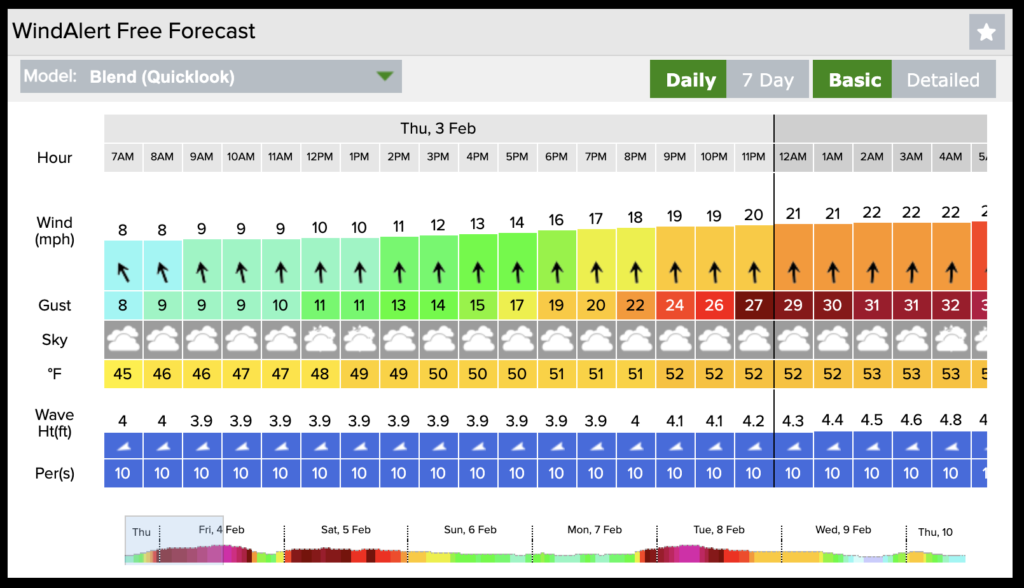
Source: WindAlert.com
If you are a sport kiter, flying either dual or quad-line kites, you will want a variety of line sets to ensure changes to wind conditions will not have you packing up your kites. You will want to have line sets of different strengths such as 50 lb., 90 lb., and 150′ lb. You’ll also want line sets of different lengths. Shorter lines will make the kite more responsive and will help you fly in a smaller area and in lighter winds. Whereas longer lines will slow down your kite’s response time but will allow you to utilize more of the wind window and fly in stronger winds. Be sure to select the right line for the right conditions. And do not be shy to make a swap if the conditions demand it.
Hold On Now
For single-line kites, you will certainly want a more comfortable winder. The classic yo-yo winder is easy to hold and makes letting out line, or reeling it back in, a breeze. A yo-yo winder is a vast improvement to the stock handles that come with many kites and enables you to reel in more than one foot of line with each rotation. If you like a more “classic” kite line holder, you can get a stake winder, which is based on the traditional Indian winders.
For dual-line kite fliers, you may decide that you prefer more padding than comes with the stock nylon straps. Padded straps, like these from HQ, are much softer on the wrists. This may help you stay out on the flying field even longer.
It’s All About the Tail
Kite tails will often make your kite flying experience more enjoyable. They can be bright or highly contrasted, creating visual excitement when following your kite in the sky. However, they can also be a particularly useful piece of equipment for your kite, providing stability in higher wind conditions, which will keep your kite from diving or crashing.
Both single-line and sport kite flyers will find the purchase of a ribbon or tube tail to be a necessary addition to their rig. Tails come in a variety of lengths, such as 25′, 75′, or 100′. They attach to the keel of the kite, typically with a swivel clip or tie loop. Similar to the way heavier kite lines will add drag to the kite, tube tails also add weight and resistance. They are best used in stronger wind conditions to provide stability to your kite and slow it down if the wind is howling.
Anchors Away
Kite flying can be a highly active experience. In fact, flying a kite can burn up to 100 calories in 30 minutes, and it exercises many muscles in the body. However, what will you do if you want to take a break or fly multiple kites during your session?
Anchors and ground stakes are a must-have for the avid kite flyer. Depending on the type of kite you are flying, you may need to offset dozens or even hundreds of pounds of pressure the kite is exerting on your line and anchor point (which, until you anchor your kite, is you). There are a variety of sand anchors and screw anchors to which you can tie your line, so it can still fly while you are relaxing nearby.
Sport kite flyers will understand that owning a ground stake is a requirement. When flying a sport kite, your lines are always fully extended. So when you land your kite or stop to take a sip of water, you will need a place to rest your handles so the kite is at rest, but in a position to relaunch without needing to walk to it and reset it after a pause.
You’re Still Carrying it Like That?
Most kites are sold in a package that can be re-used. However, sometimes those cases can easily crack or break after a few uses. Also, many stunt kites have ferrules on the leading edges that break down to fit the kite into its case, which is an extra step on the kite flying field. If you are looking for a replacement kite case, or if you would prefer to keep your leading edges intact, then a kite sleeve is a terrific way to store your kite and spars together and save yourself time and aggravation.
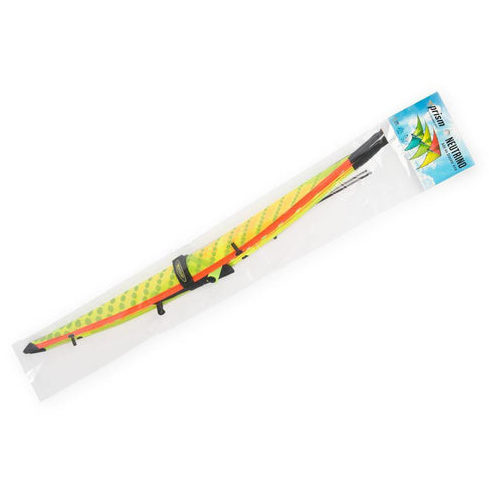
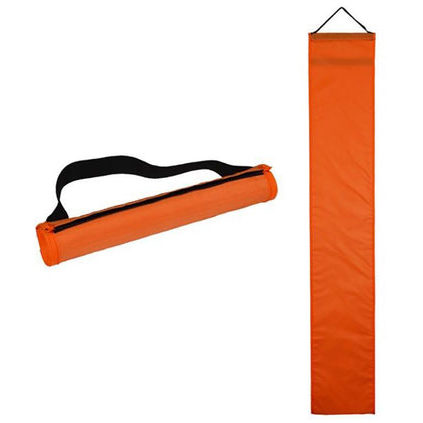
Once you acquire a few kites (and all the accessories that go with them), you will find that purchasing a kite bag is an easy decision. Sure, you can repurpose an old backpack or tote, But you will also find that they are often not the right fit and that you are not able to organize your lines, anchors, and kites in a way that makes sense for you. It is well worth investing in a kite bag that fits your kites well, stores and organizes your accessories, and packs up quickly so you are not wasting time on the field when you are ready to head home.
Light Up the Sky
For the true kite enthusiast, you may want to launch and fly your kites at night. Kitty Hawk Kites offers some exclusive kites that are reflective, like the Festive Sky Package, which reflects light back to you when a light is shined on it. However, light strands can be affixed to almost any kite. This allows you to fly it at night and create a fun spectacle for you and those around you. We recommend LED light strands, as those are typically very bright for their light weight and minimal power requirement.
What are your must-have flying accessories? Let us know!
Happy Flying!
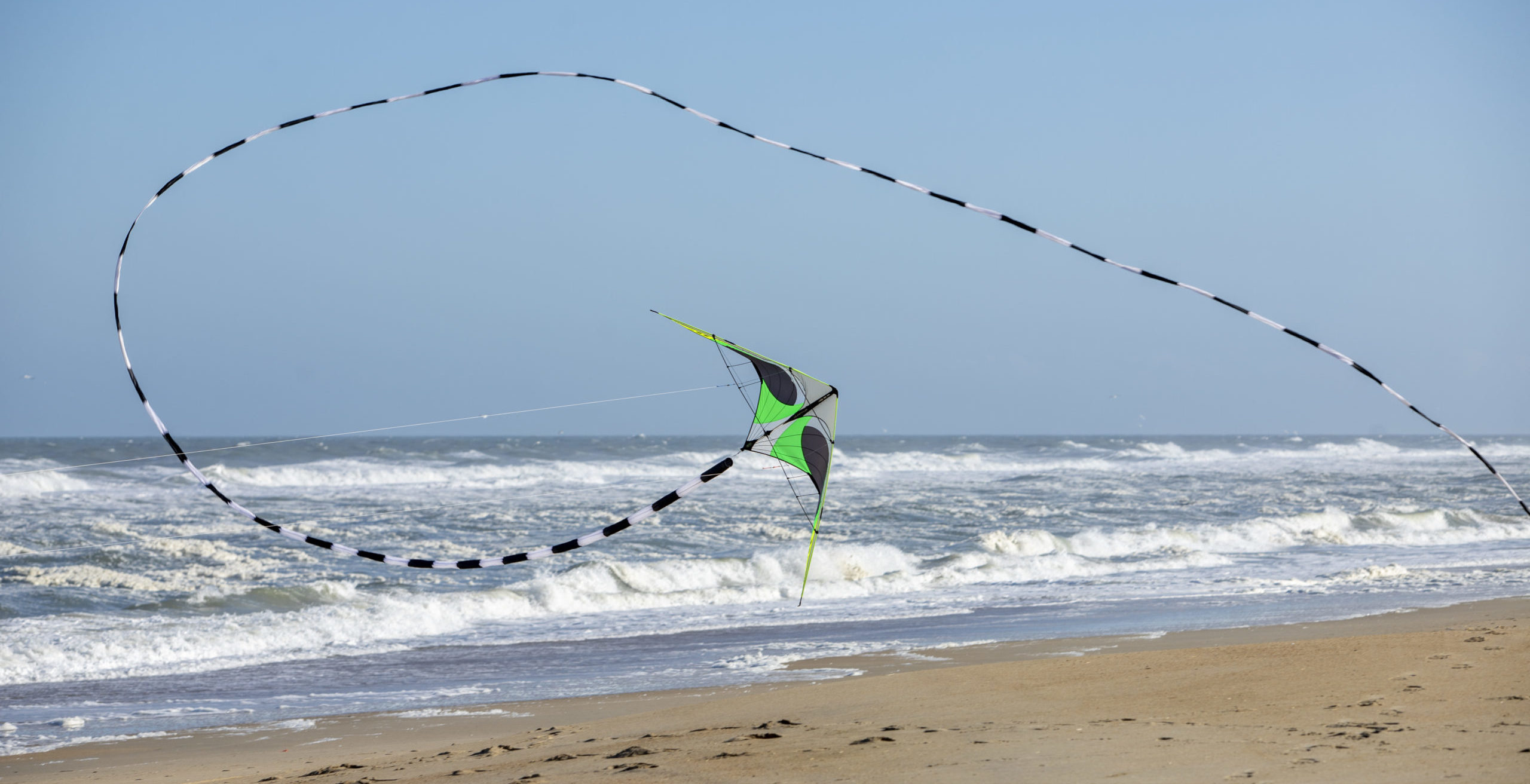
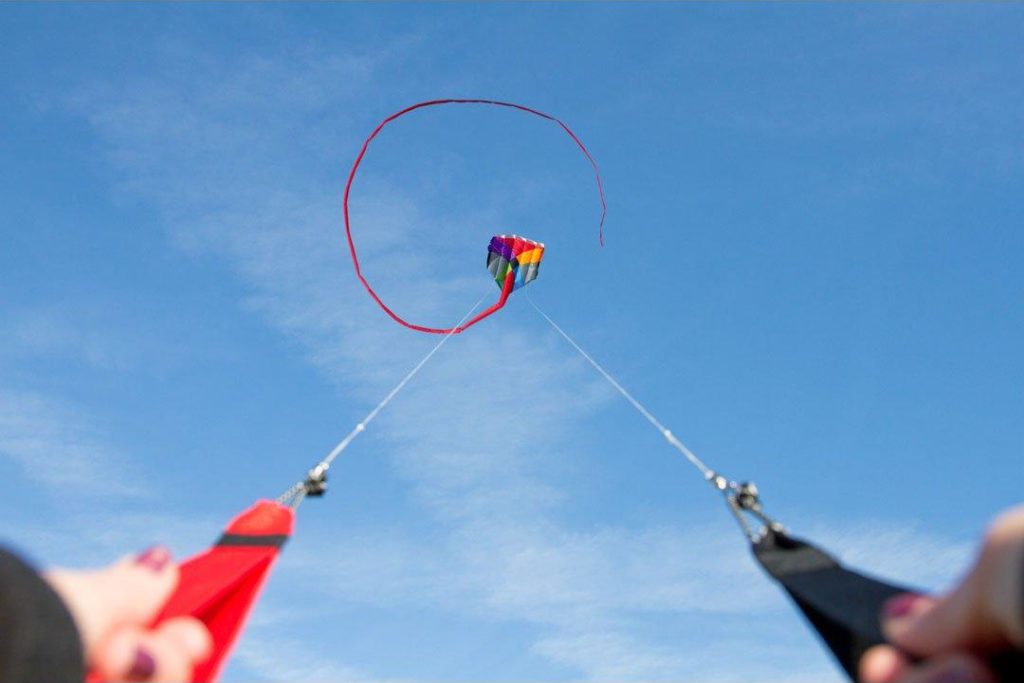
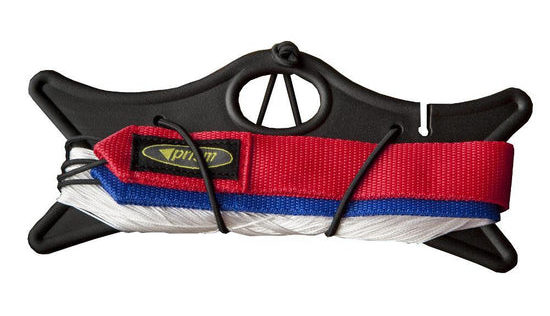
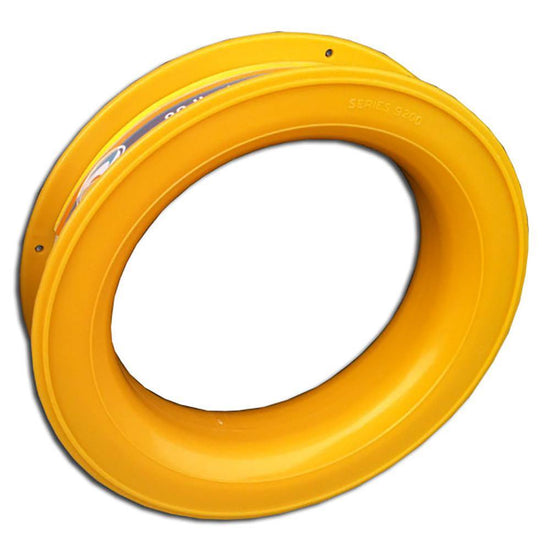
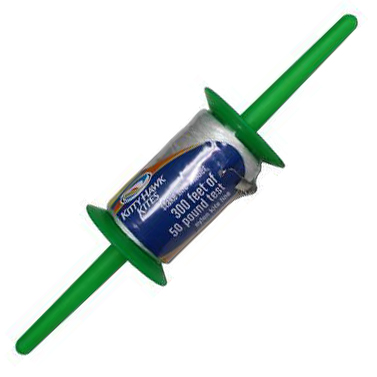
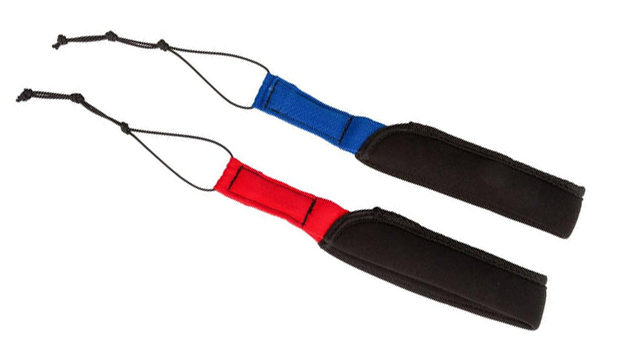
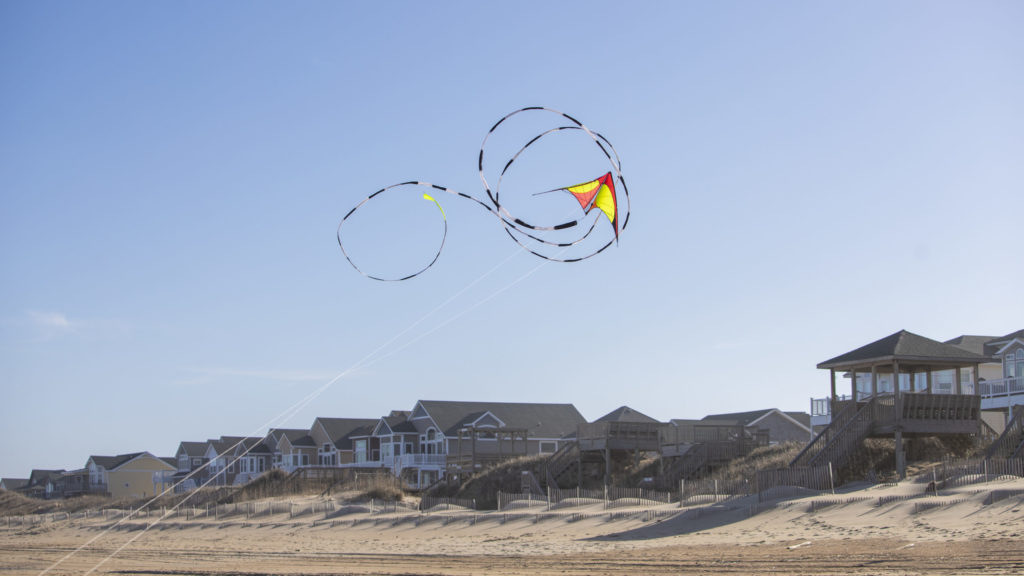
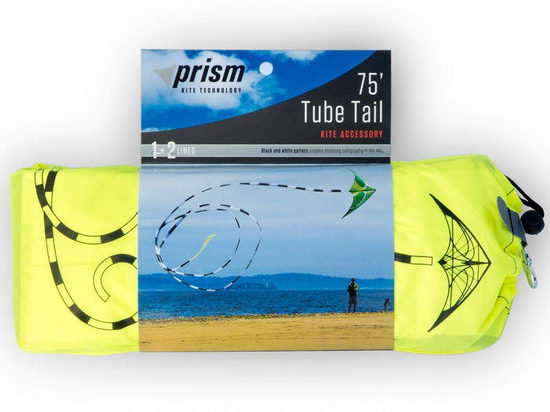

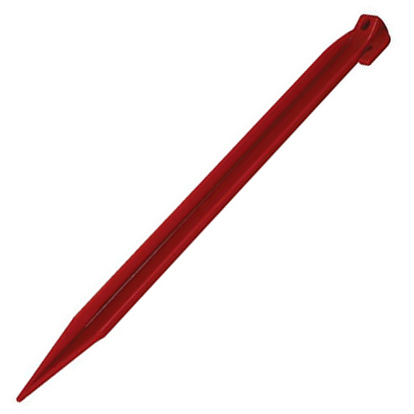
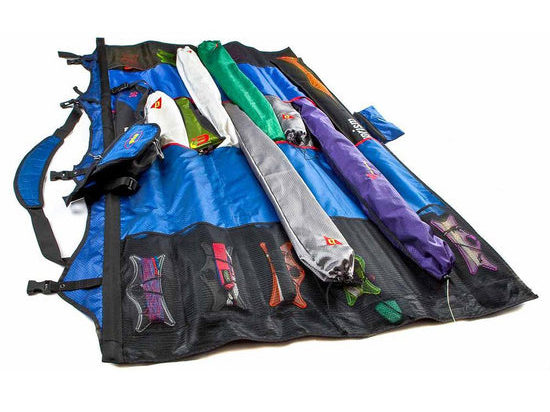
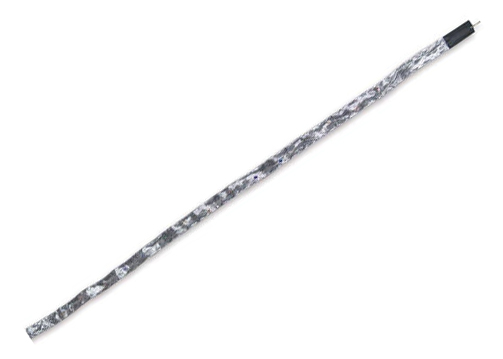
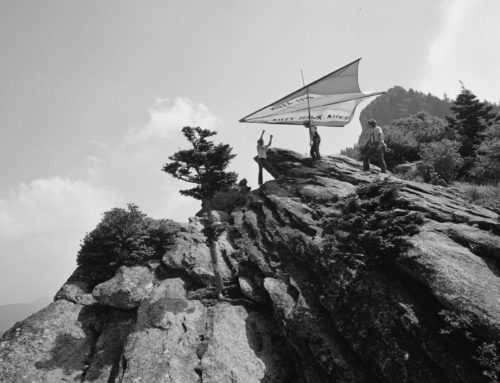
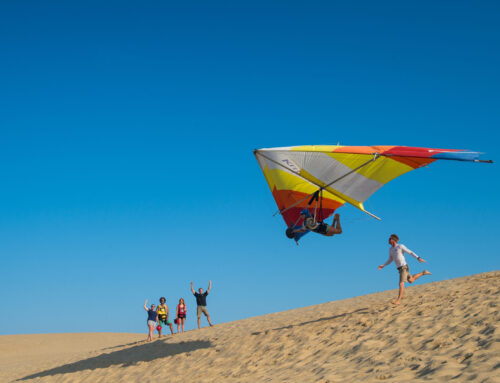
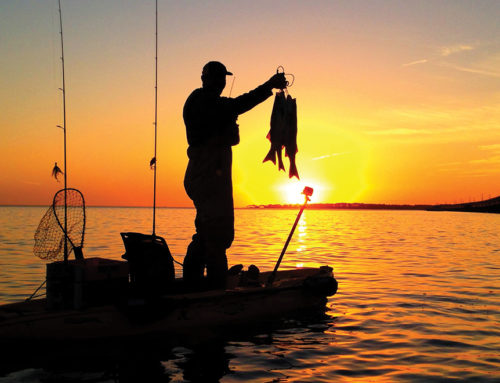







Do you do any kite repairs.
We do some kite repairs depending on the parts needed. You can find all the information needed to get started at https://store.kittyhawk.com/pages/kite-repairs
Great Info! I’m a kite flying enthusiast!!
So glad you enjoyed our post!